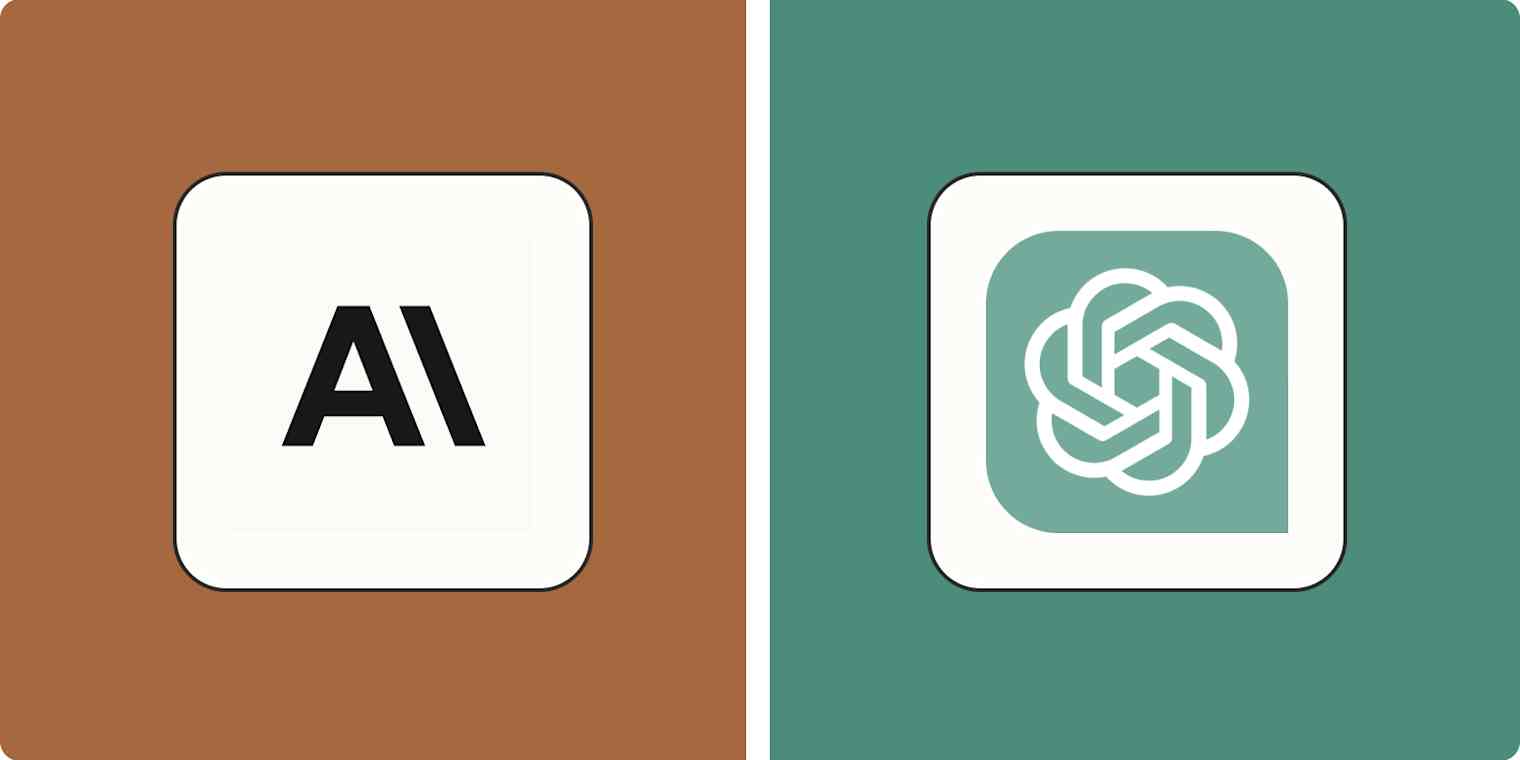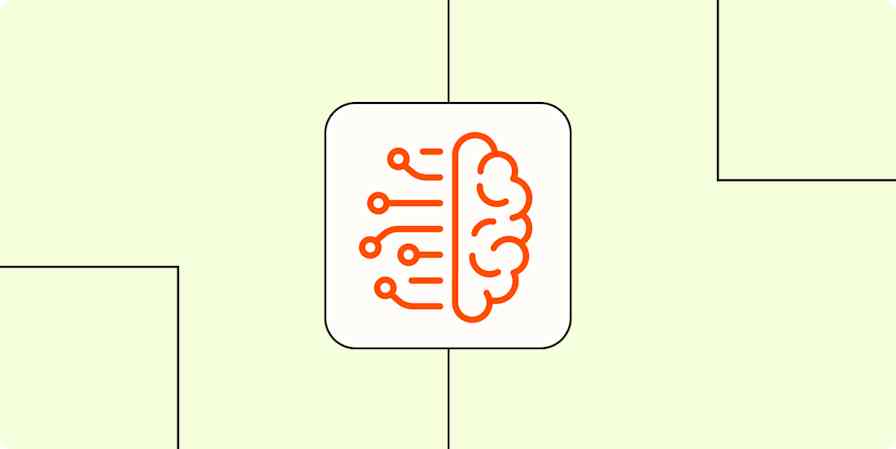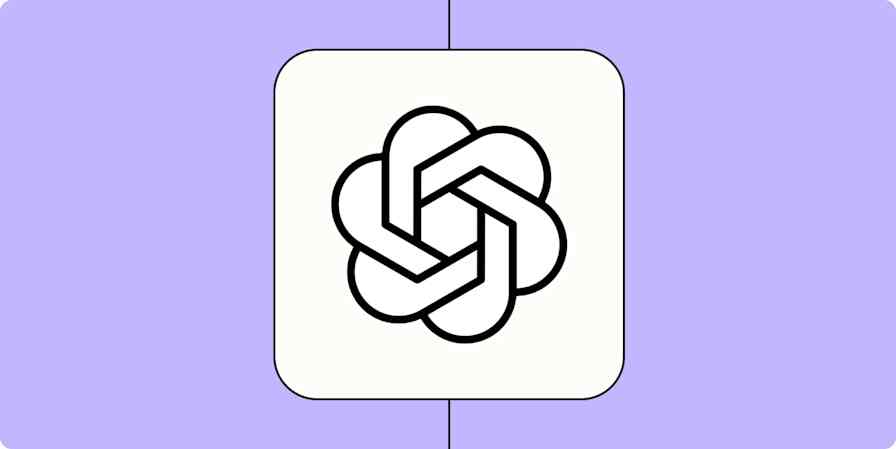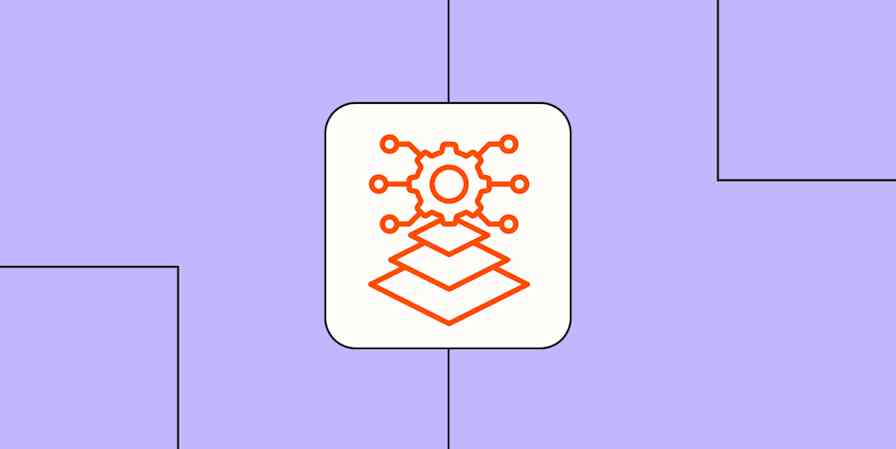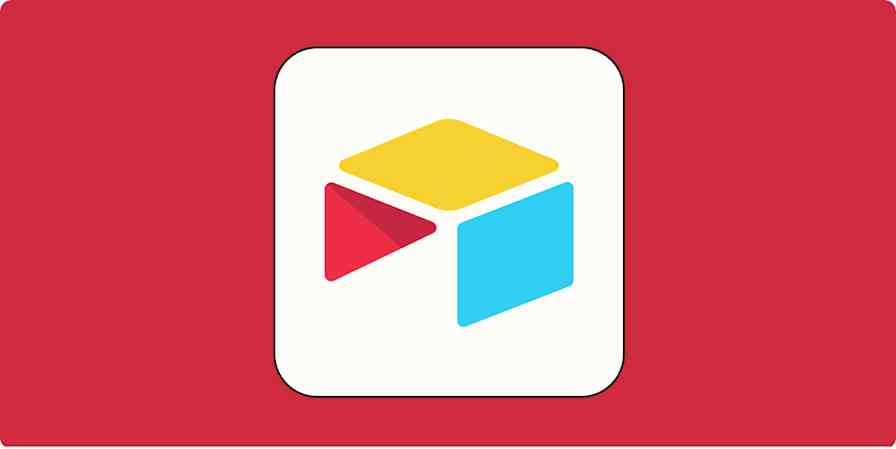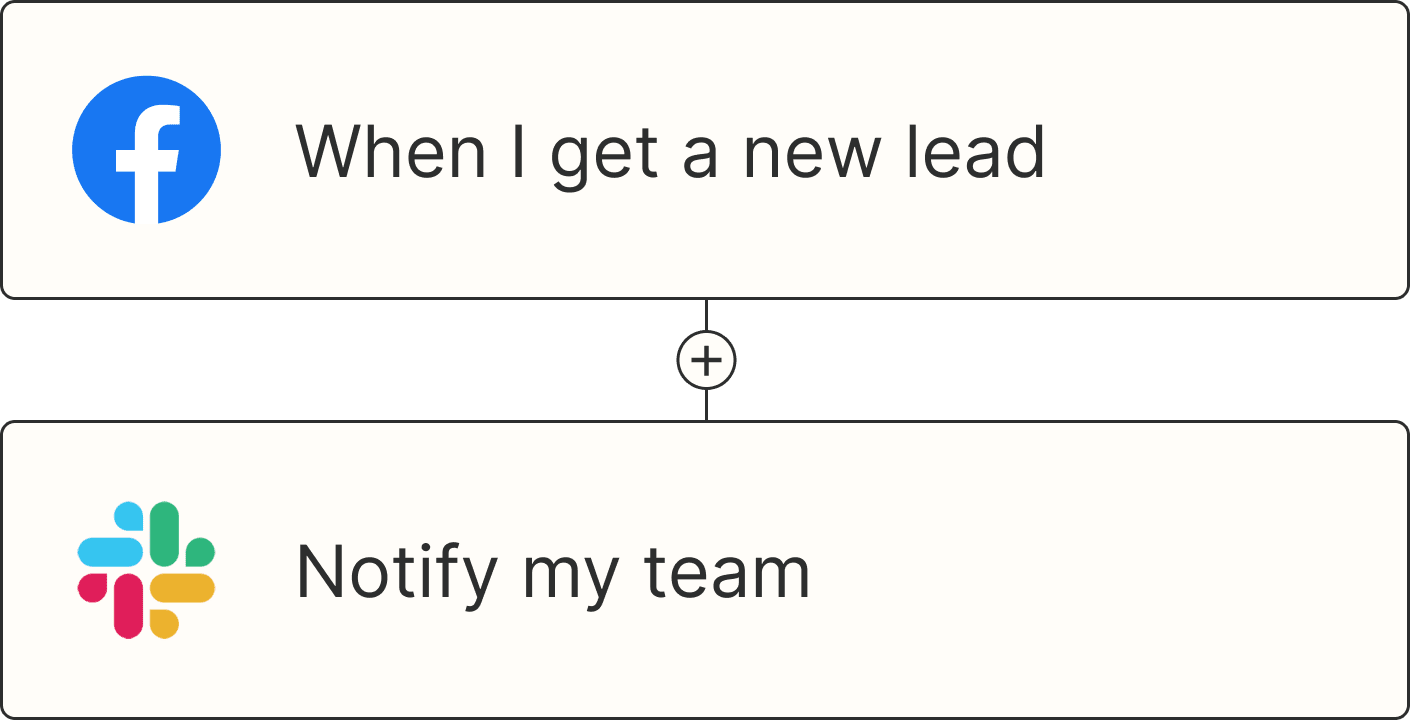When OpenAI launched ChatGPT in late 2022, tech writers (myself included) became obsessed with testing its limits. Could it write poetry? Debug code? Explain quantum physics to a five-year-old? Once Anthropic's Claude entered the scene a few months later, the focus shifted to head-to-head task comparisons (like counting objects or navigating ethical dilemmas) to try to figure out which model was more capable.
In 2025—after countless model updates, and with potentially game-changing AI agent capabilities on the horizon—assessing object-counting accuracy feels less relevant. With a few exceptions, Anthropic and OpenAI's flagship models are essentially at parity. That means to usefully compare them, we need to focus less on under-the-hood power and more on the features and specialized use cases that make each app unique.
In this article, I'll help you understand what sets Claude and ChatGPT apart—focusing on the latest models like Claude Sonnet 4 and ChatGPT's GPT-4o and o1—so you can choose the tool that best fits your workflow.
Table of contents:
Both apps are ridiculously easy to use and offer state-of-the-art models
ChatGPT can be used to generate images (and videos, via Sora)
Claude vs. ChatGPT at a glance
Claude and ChatGPT are powered by similarly capable LLMs and LMMs. They differ in some important ways, though:
ChatGPT is best for users who want an all-in-one AI toolkit. Its image generation capabilities and custom GPT marketplace make it ideal for users who want to explore the full spectrum of what AI can do. And for most use cases, ChatGPT now offers more cost-effective API access.
Claude is best for users focused on sophisticated text and code work. Its more natural writing style, powerful coding capabilities with real-time visualization through Artifacts, and thoughtful analytical approach make it the superior choice for developers, writers, and analysts who need depth over breadth.
| Claude | ChatGPT |
|---|---|---|
Company | Anthropic | OpenAI |
AI model | - Claude Sonnet 4 - Claude 3.5 Haiku - Claude Opus 4 | - GPT-4o - GPT-4o mini - o1 - o1-mini |
Context window | Up to 500,000 tokens | Up to 128,000 tokens |
Web search | Yes | Yes |
Image generation | No | Yes |
Video generation | No | Yes (Sora) |
Voice mode | Yes | Yes |
Computer use | Yes | Yes |
Paid tier | $20/month for Claude Pro | $20/month for ChatGPT Plus; $200/month for ChatGPT Pro |
Team plans | $30/user/month; users can collaborate via shared Projects | $30/user/month; includes workspace management features and shared custom GPTs |
API pricing | - $0.80 per 1M input tokens and $4 per 1M output tokens (Claude 3.5 Haiku) - $3 per 1M input tokens and $15 per 1M output tokens (Claude Sonnet 4) - $15 per 1M input tokens and $75 per 1M output tokens (Claude Opus 4) | - $0.15 per 1M input tokens and $0.60 per 1M output tokens (GPT-4o mini) - $2.50 per 1M input tokens and $10 per 1M output tokens (GPT-4o) - $15 per 1M input tokens and $60 per 1M output tokens (o1) - $3 per 1M input tokens and $12 per 1M output tokens (o1 mini) |
Keep in mind that if you're a heavy AI user, you may want access to both tools—especially because you're likely to run up against rate limits. (Claude, for example, limits you to 45 messages every five hours, though it can be more or less depending on the length of your requests.) While I prefer interacting with Claude, I tend to use ChatGPT for processing large amounts of data to avoid getting rate-limited.
Anthropic and OpenAI each have state-of-the-art flagship models, models for specific use cases, and legacy models that aren't as cutting edge (but are cheaper and faster).
Tool | Model | Description |
|---|---|---|
ChatGPT | GPT-4o | Best general-purpose model |
| GPT-4o mini | Fast, affordable general-purpose model |
| o1 | Advanced reasoning model for complex tasks |
| o1-mini | Faster reasoning model |
| o1 Pro | Most powerful and resource-intensive model (only available on $200/month ChatGPT Pro plan) |
Claude | Claude Sonnet 4 | Most intelligent model |
| Claude 3.5 Haiku | Fast and most cost-effective model |
| Claude Opus 4 | Most powerful model for complex tasks |
Both apps are ridiculously easy to use and offer state-of-the-art models
What's remarkable about using ChatGPT or Claude is just how approachable the whole experience is, especially since you're dealing with the cutting edge of AI technology behind the scenes. Both apps are powered by state-of-the-art models that can handle nearly anything you throw at them—yet the user experience is no more challenging than looking up a recipe on Google.
Since Claude has a relatively focused set of features, its interface is especially minimalist: a prompt box, dropdowns to select your AI model and writing style, and the option to attach files and images.

ChatGPT's experience isn't much different, though with its larger selection of features, there's a bit more to navigate through.

So, what's it like to actually use each app? Both Claude and ChatGPT are reliably excellent when dealing with standard queries like text generation, logic and reasoning, and image analysis. For example, drag a photo into ChatGPT, and you'll get an impressively reasoned description of what's in the image.

But the latest models make it simple to do even sophisticated data processing and visualization. You don't need fancy prompts, either: just start chatting and refine until you get an output you like.
Here's an example of how user-friendly this can be. After asking Claude about the risk of earthquakes on the west coast of the US and Mexico, it created its own "risk score" for a handful of cities based on historical data, geological factors, and infrastructure. Then I asked for it to visualize this data in a chart, which Claude promptly did using interactive React components.

Similarly, ChatGPT helped me quickly round up the average monthly temperature for a handful of big cities around the globe and put them into an easy-to-read chart, complete with interactivity and editable color coding.

Both apps now let you organize your work into projects, letting you keep chats, files, and instructions in a single place. For example, you could upload all your relevant financial documents into a project and then ask the app to help you with financial planning, as I've done here with Claude. (Just be intentional about what kinds of things you upload since the app can be training on your information.)

Both apps also offer an AI agents-type feature, which allows the AI to autonomously work on tasks and complete them on your behalf. Claude calls it "computer use" and ChatGPT calls it "Operator." Right now, they're both a bit hard to access. On Claude, it's an experimental beta: you need to access Claude via API and set up a "containerization platform" like Docker. On ChatGPT, you can only access it on the $200/month Pro plan.
While I wasn't able to test these features myself, here's a video from Claude showing how it can interact with your computer to collect data and submit a form.
Claude is a better partner for creative work
Unlike math or coding, in which your output is either right or wrong, judging creative work is subjective. Here's my take: I'm a fan of Claude's output for writing tasks and as a creative partner in general. Claude Sonnet 4 sounds more natural than GPT-4o, which—while it's an improvement over GPT-4—still tends to feel more generic.

Even ChatGPT's more powerful o1 model still overuses certain phrases like "in today's ever-changing landscape" and "let's dive in" that have become dead giveaways of AI-generated content. ChatGPT also tends to aggressively use bullet point formatting unless you instruct it not to.
Claude, on the other hand, sounds more human right out of the box.

Claude's Styles feature also makes it easier to jump between different custom writing styles. For example, you could set up an informal writing style for internal memos, a peppier one for social media posts, and a thoughtful one for long-form content.

I've also found Claude to be a better partner for editing: it understands my prompts with less clarification and does a better job of staying on track and grasping the overall context of my requests.
ChatGPT's edge when it comes to creative projects—besides its ability to generate images and video, which I'll cover next—is its Canvas feature, which lets you edit documents right inside of ChatGPT. Canvas makes it easy to adjust your document's length, add emojis, rewrite the text at a different reading level, or provide custom instructions.

ChatGPT can be used to generate images (and videos, via Sora)
GPT-4o can generate images directly within ChatGPT, and it's one of the most powerful AI image generators available.

And Sora—which is still a separate product, but is available to anyone with a ChatGPT Plus or Pro subscription—is essentially the same thing, just for video. Along with using text prompting to create videos, you can also turn an image into a video, or take an existing video clip and extend it. Sora also lets you tackle basic video editing—with options including recut, remix, blend, loop, and edit prompt—from right within the interface.
Claude is a more helpful coding assistant
I'll have to start this section with a disclaimer: I'm not a developer, which makes me poorly-equipped to fairly compare the coding abilities of two hyper-intelligent AI tools. But Claude comes with a feature that intrigued me enough to try coding as a beginner. It's called Artifacts, and it brings up a preview window so you can see the results of your code in real time. (You can also use Artifacts for things besides code, like diagrams, documents, and interactive charts like the ones I shared earlier.)
If you're non-technical, a simple way to test this is to start talking to Claude normally, via text prompting, and ask it to turn the data it shares with you into an interactive React component. For example, here's a Lawn Care Price Quote Calculator I spun up in a few seconds.

You can use this same process with Claude's Artifacts to design and test more complex programs, too. For example, with a single prompt, I was able to recreate a version of the classic game Frogger—and play it right from within Claude's interface. Since you can instantly see the results of your code, it's easy to request changes to the graphics and the gameplay. For example, initially my frog was invincible, but I was able to sort that out quickly (to my frog's dismay) with troubleshooting from Claude.
ChatGPT's coding abilities were harder for me to judge as a beginner. But based on reviews from programmers, the consensus is that GPT-4o—while powerful—still lags behind Claude Sonnet 4. ChatGPT's o1-mini comes closer, but even with updates to Canvas, it's still not quite there. I was able to generate code for a Frogger-like game and preview it on ChatGPT, too, but it was like NES compared to Claude's Switch.
Claude also released its own AI coding agent, dubbed Claude Code: it connects to your computer's command line where it can see all your project files, understand how they work together, modify your codebases, run tests, and even commit changes to GitHub on its own.
ChatGPT lets you build your own chatbot
On ChatGPT, you can create your own custom GPT for others to interact with, tweaking settings behind the scenes to train it to generate responses in a certain way. You can also adjust how it interacts with users: for example, you can instruct it to use casual or formal language.
In the example below, I've created eCommerce Assistant, a custom GPT focused on the internal marketing needs of a business selling luxury eCommerce products (like product descriptions and conversion rate analysis).

Once you've got a custom GPT that works well, you can share it with anyone else who's a part of your ChatGPT Team or Enterprise plan, helping you standardize output across your organization.
ChatGPT has some extra bells and whistles
I've already made the case that ChatGPT is a more flexible tool with more features. Some of those features, like custom GPTs, are useful for professionals but not all that game-changing for regular users. But the features below can make ChatGPT significantly more practical for everyday use.
Advanced voice mode
If you want a preview of how AI will work its way into consumer devices over the next few years, take a few minutes to play around with ChatGPT's advanced voice mode. Using the mobile app, you can give ChatGPT access to your phone's camera and ask it questions about anything it can see. I showed this feature to my wife, and it truly spooked her: using my phone's camera, ChatGPT figured out our dog was a Schnauzer mix, and quickly gathered information about our travels after scanning the photos on our refrigerator.
You can also enable screen sharing, which lets ChatGPT analyze what's displayed on your phone. I had a harder time finding an immediate use case for this, but I can imagine it being incredibly helpful for vision-impaired users.
Tasks
If, like me, you already have a tasks app that manages your to-do list, you might be confused as to why you would get ChatGPT involved in your task management. But after a little experimentation, I get ChatGPT's scheduled tasks: for certain applications, adding AI into the mix opens up new possibilities.
For example, I created the following language-learning task that relies on AI to send dynamic learning prompts: "Every day at 3 p.m., give me a sentence in Spanish and ask me to translate it into English. Make them progressively more difficult."

Using ChatGPT's ability to access the web is another interesting use case: "Every day at 7 p.m., summarize the leading news stories of the day related to technology. Summarize them into a few easy-to-read bullet points."
You can also use your interactions with ChatGPT itself as a source of material. For example: "Every Friday at 5 p.m., please review my chats from the week and provide a high-level summary of what I worked on and accomplished."
Third-party GPTs
In addition to the ability to create custom GPTs, ChatGPT offers a marketplace of sorts where anyone can release their own specialized GPT. Popular GPTs include a coloring book image generator, an AI research assistant, a coding assistant, and even a "plant care coach."
Both apps integrate with Zapier
Both Claude and ChatGPT integrate directly with Zapier, which means you can connect them all to the other apps you use most. Automatically start AI conversations from wherever you spend your time, and send the results where you need them. Let AI and automation take care of all your manual tasks, so you can focus on more strategic work and move your business forward.
Learn more about how to automate Claude or how to add ChatGPT into your workflows, or get started with one of these pre-made Zapier templates.
Generate an AI-analysis of Google Form responses and store in Google Sheets
Write AI-generated email responses with Claude and store in Gmail
Automatically reply to Google Business Profile reviews with ChatGPT
Send prompts to ChatGPT for Google Forms responses and add the ChatGPT response to a Google Sheet
Zapier is the most connected AI orchestration platform—integrating with thousands of apps from partners like Google, Salesforce, and Microsoft. Use interfaces, data tables, and logic to build secure, automated, AI-powered systems for your business-critical workflows across your organization's technology stack. Learn more.
ChatGPT vs. Claude: Which is right for you?
If you want an AI tool to use as a sparring partner for creative projects—writing, coding, or brainstorming—Claude is your best bet. Its more natural writing style, powerful Artifacts feature for real-time code visualization, and thoughtful analytical approach make it ideal for developers, writers, and analysts who need sophisticated text and code capabilities. Claude excels at complex tasks that require nuanced understanding and detailed outputs, and its Styles feature makes it easy to stay consistent across different types of content.
If you're looking for a jack-of-all-trades tool, ChatGPT is a better choice. Generating text is just the start: you can also create images, search the web, set recurring tasks, or connect to custom-built GPTs that are trained for niche purposes like academic research. ChatGPT's broader feature set and lower API pricing make it perfect for teams and solo users who want to explore the full spectrum of AI capabilities.
If you have a lot of reasons to use AI in your work, consider using both, especially given rate limits and different pricing tiers for specific use cases. For example, you might use Claude for in-depth writing and coding projects while using ChatGPT for quick searches, image generation, and tasks.
Or, if you're looking for something that can take it one step further—an AI agent that can help you automate all your business workflows—try Zapier Agents.
Related reading:
This article was originally published in April 2024. The most recent complete update was in January 2025. The article was updated in May 2025 to reflect the Claude's web search, the new Claude 4 models, and Claude Code.
